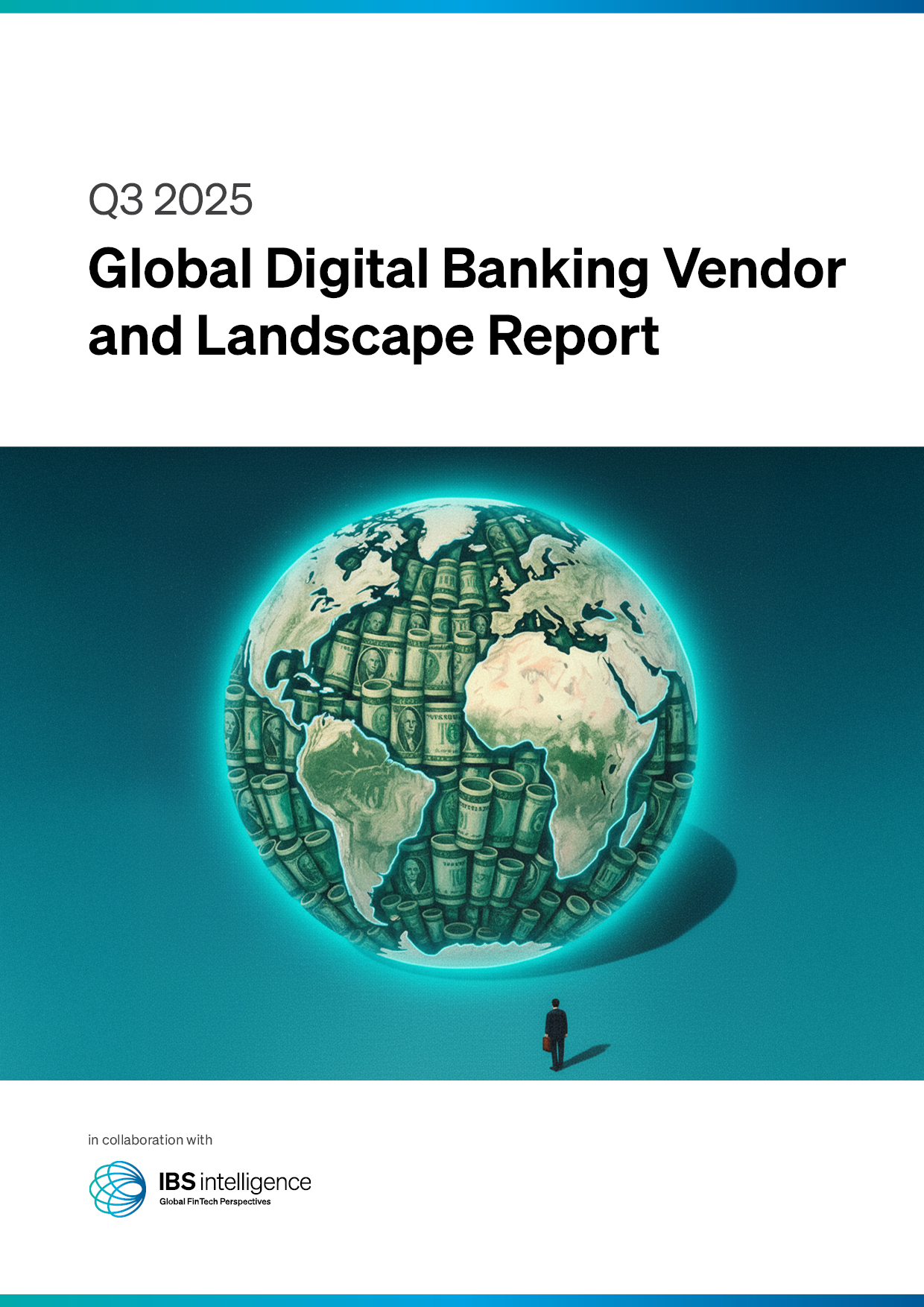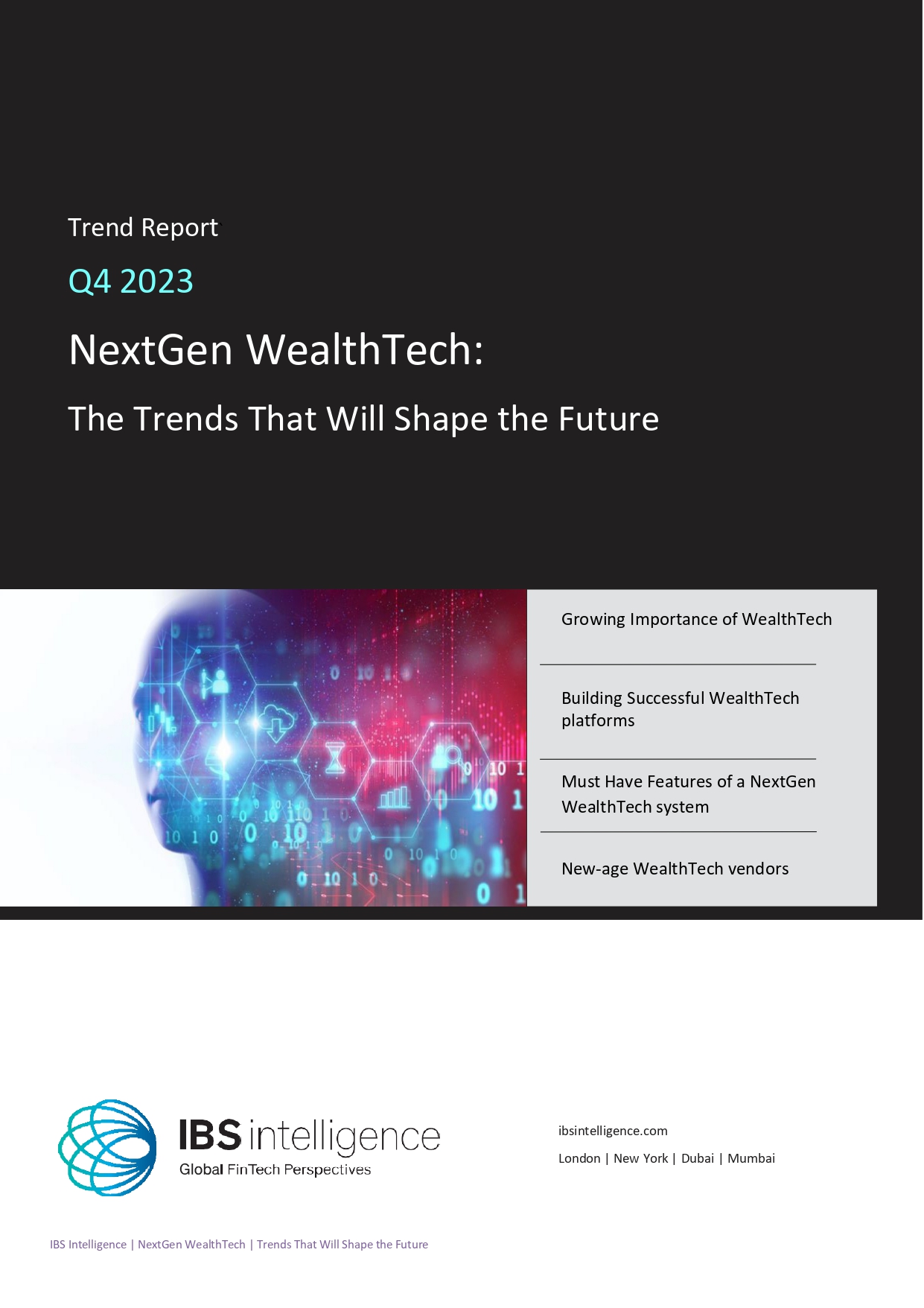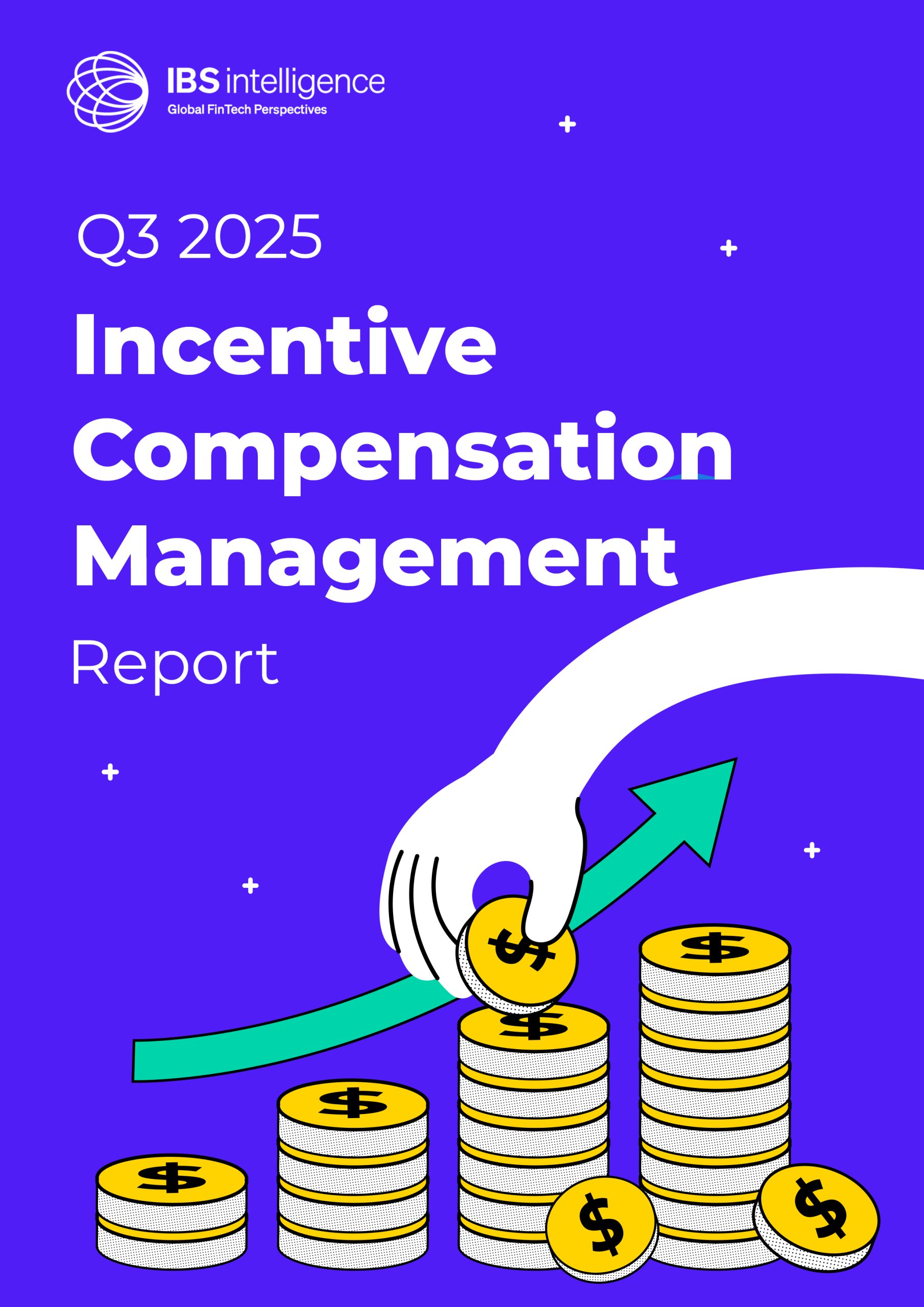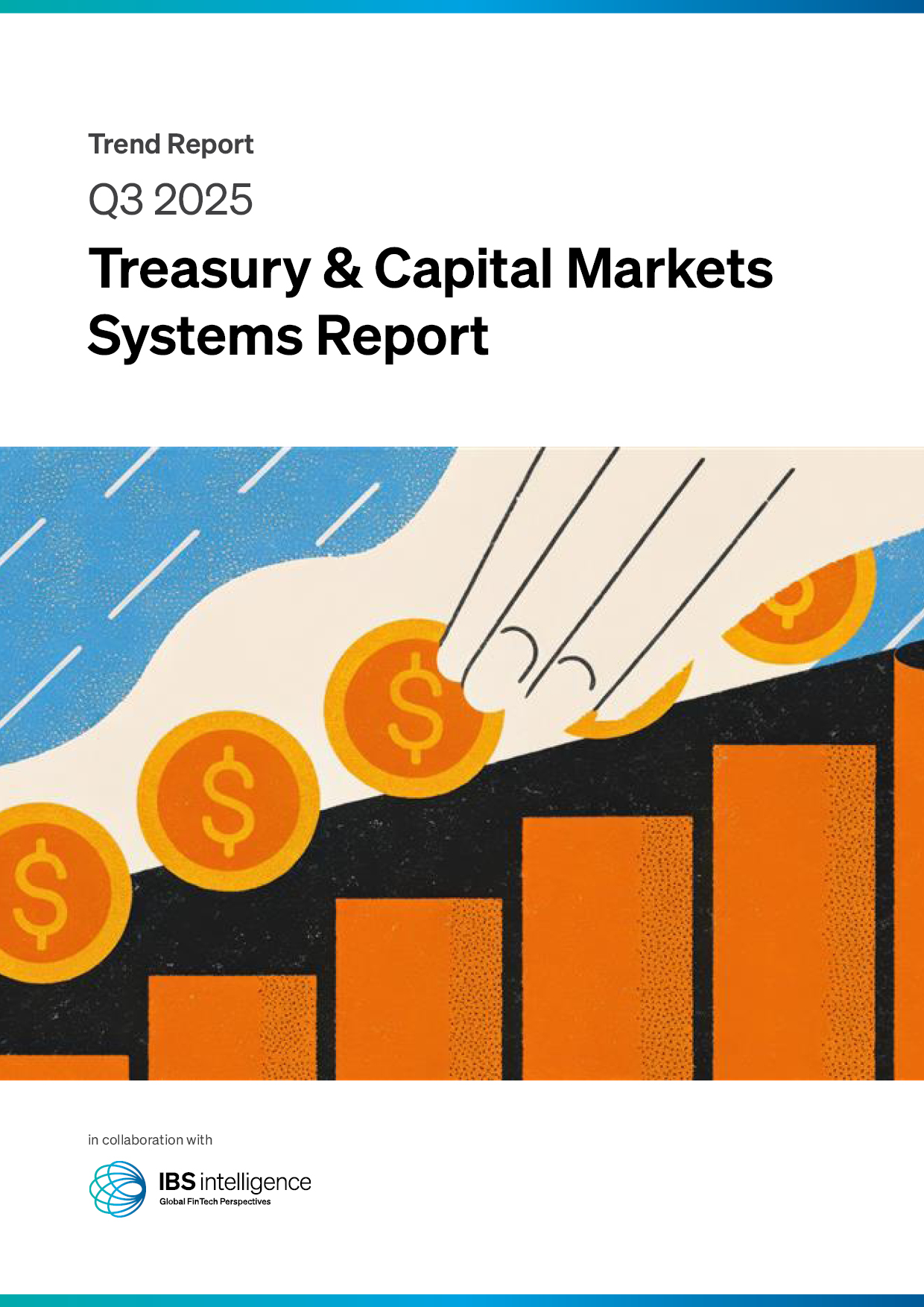 Back
Back
India’s digital payment boom drives financial inclusion at scale
By Vriti Gothi

India’s digital payments ecosystem has recorded over 65,000 crore digital transactions amounting to more than $13,813 billion between FY2019-20 and FY2024-25. This surge reflects the country’s unwavering push to democratise financial services through digital rails, particularly across semi-urban and rural geographies.
According to official data shared in Parliament by Minister of State for Finance, Shri Pankaj Chaudhary, this explosive growth underscores the Government’s strategic collaboration with the Reserve Bank of India (RBI), National Payments Corporation of India (NPCI), FinTechs, banks, and state authorities to drive adoption and infrastructure development at scale.
One of the key enablers of this growth has been the Payments Infrastructure Development Fund (PIDF), established by the RBI in 2021. Targeting tier-3 to tier-6 cities, along with North-Eastern states and Jammu & Kashmir, PIDF has catalysed the deployment of approximately 4.77 crore digital touchpoints as of May 2025. This infrastructural expansion has directly supported small merchants, MSMEs, and rural users in onboarding digital payment ecosystems.
The RBI Digital Payments Index (DPI) further validates this shift, rising to 465.33 in September 2024, a 4.6X increase since its 2018 base. The index measures digital payment adoption across various parameters, including volume, infrastructure, and performance.
Platforms like Unified Payments Interface (UPI) have emerged as foundational layers of India’s digital financial inclusion strategy. Seamless, traceable, and near-instant, UPI has been pivotal in enabling even the smallest vendors and unbanked individuals to participate in the formal economy.
Complementing this, the government has rolled out incentive schemes to promote low-value BHIM-UPI transactions, especially for small merchants. Additional efforts, such as the Trade Receivables Discounting System (TReDS) have allowed MSMEs to access liquidity efficiently, while the rationalisation of Merchant Discount Rates (MDR) on debit card transactions continues to reduce the cost of acceptance.
The expansion of digital payment footprints is also unlocking alternative credit assessment methods. With millions now transacting digitally, FinTechs and lenders can use behavioural and transaction data to assess creditworthiness even in the absence of formal income documentation. This shift is enabling a wider section of the population to access formal credit channels, further driving financial inclusion.
India’s journey toward a cash-light, digitally empowered economy is rapidly gaining momentum. As infrastructure and behavioural shifts align, the coming years could witness an even broader integration of digital financial services across all economic layers.
With sustained support from regulators, innovators, and ecosystem enablers, India’s digital payment story is not just one of scale—but of deep, structural transformation.
IBSi FinTech Journal
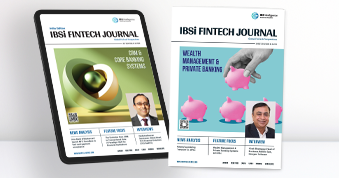
- Most trusted FinTech journal since 1991
- Digital monthly issue
- 60+ pages of research, analysis, interviews, opinions, and rankings
- Global coverage




